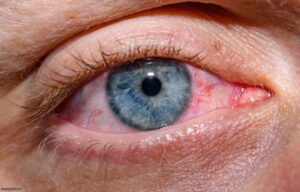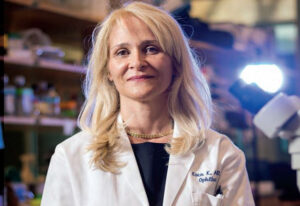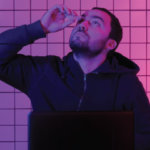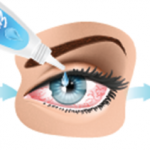 Although dry eye is not the only health issue experienced by patients with Sjögren’s disease, it is one of the most prevalent issues that affects their quality of life.
Although dry eye is not the only health issue experienced by patients with Sjögren’s disease, it is one of the most prevalent issues that affects their quality of life.
A 2021 patient survey from the Sjögren’s Foundation, Reston, Va. (https://sjogrens.org), found that 95% of patients had dry eye symptoms and that 94% had physician-diagnosed dry eye disease.
Dry eye had a moderate to major impact on quality of life among 75% of respondents, second only to fatigue (79%).1 Rheumatologists and ophthalmologists must work collaboratively to help patients soothe their dry eye symptoms.
Time to Diagnosis
Once a patient begins seeking help, three years elapse, on average, before they are diagnosed with Sjögren’s disease, which is a decrease from the six years that was once the average time to diagnosis.2 The time from symptom onset to diagnosis is even longer, up to a decade.3 Often, an ophthalmologist or a dentist recognizes Sjögren’s first on the basis of dry eye or dry mouth.
“The great majority of the patients come in with dry eye complaints and get a diagnosis of Sjögren’s as a result of our workup,” says Esen K. Akpek, MD, chair, Foster Ocular Immunology and Inflammation Center, Duke University, Durham, N.C. Dr. Akpek previously oversaw the Jerome Greene Sjögren’s Disease Center at Johns Hopkins in Baltimore.
“It’s about half and half. Half present with the Sjögren’s diagnosis and are looking for better management of their ocular signs and symptoms. Half have severe dry eye that is not yet diagnosed as Sjögren’s and then subsequently have laboratory testing,” says Daniel Brocks, MD, corneal specialist and chief medical officer with BostonSight, Boston.
Ophthalmologists and optometrists use Schirmer’s or other tests without anesthesia and ocular surface staining with dyes, such as fluorescein and lissamine green, to help diagnose dry eye, says Vatinee Y. Bunya, MD, MSCE, Harold G. Scheie Chair and associate professor of ophthalmology and co-director, Penn Dry Eye & Ocular Surface Center, University of Pennsylvania Perelman School of Medicine, Philadelphia.
Many ophthalmologists don’t conduct the same tests rheumatologists do, such as SS-A testing, a minor salivary gland ultrasound, biopsy or salivary flow test. Dr. Akpek uses those routinely for patients who may have underlying Sjögren’s.
At BostonSight, Dr. Brocks uses an early Sjögren’s disease profile biomarker test, a test that has potential indicators for the condition. Then, “depending on the results and signs and symptoms, I will typically refer to a rheumatologist for further testing and consideration of a biopsy as appropriate,” he explains.



